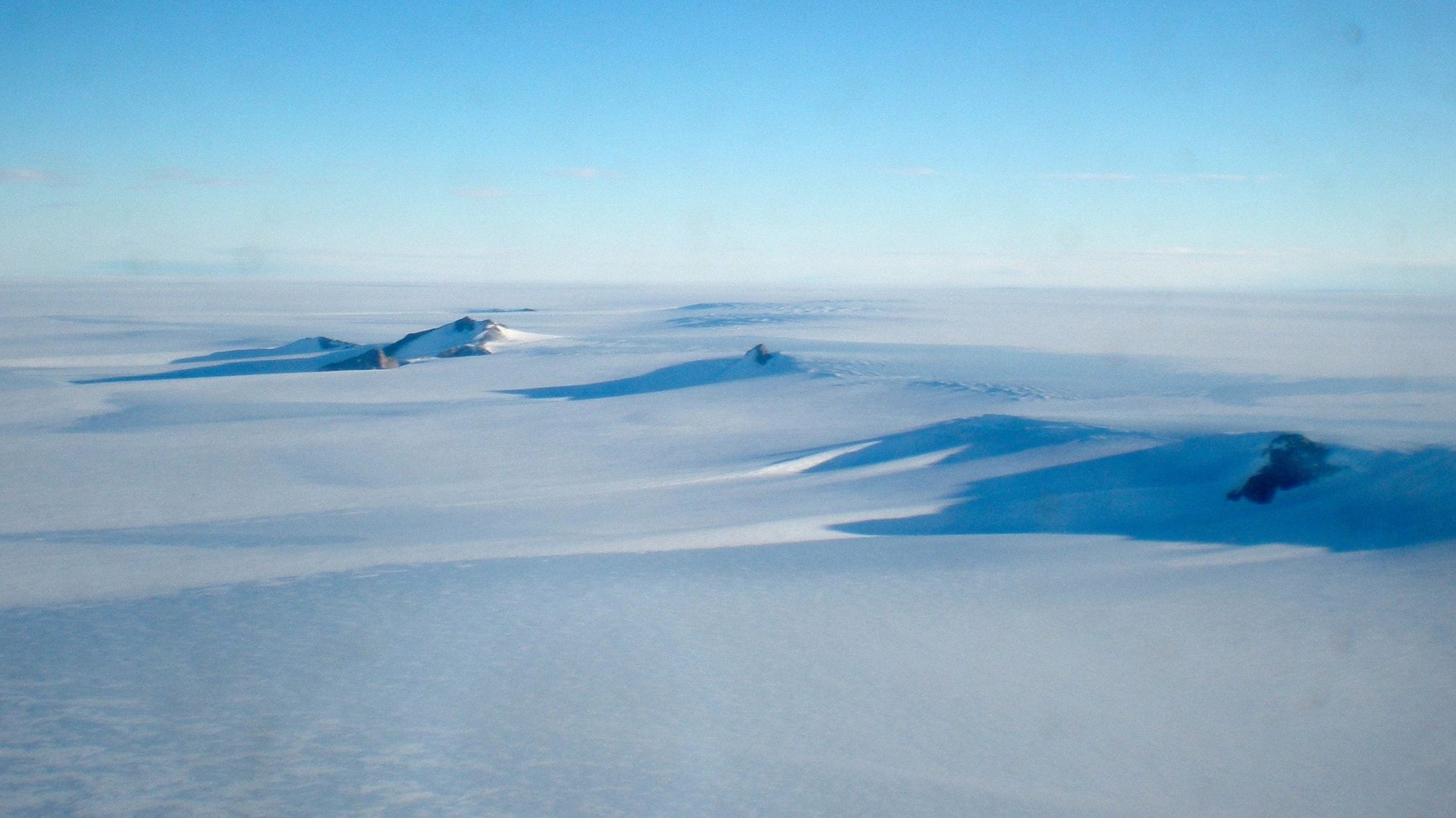Scientists realized East Antarctica has been having regular earthquakes all along
For all the ways Antarctica is unique, scientists have finally realized one way in which it’s the same as every other continent on the planet: It experiences routine earthquakes.


For all the ways Antarctica is unique, scientists have finally realized one way in which it’s the same as every other continent on the planet: It experiences routine earthquakes.
In a paper published today (June 4) in Nature Geosciences, a research team explains that over the course of 2009, there were no less than 27 earthquakes on the eastern part of the continent. Previously, only eight earthquakes had been recorded in East Antarctica since 1982—odd, considering that every land mass on Earth is actually a tectonic plate floating on ductile mantle. All land experiences routine wiggling, although most of it is undetectable without precise instruments. Geologists didn’t have a clear explanation why East Antarctica would be so still, although they theorized that perhaps it was because the weight of the ice sheet above subdued all seismic activity.
“It’s no longer an anomaly,” says Amanda Lough, a seismologist at Drexel University and lead author of the study. Lough was a graduate student at Drexel while she and her team were conducting this research across the frozen landscape. At first, she says, she and her team were surprised to see so many earthquakes. There was “quite a bit of checking to make sure that they were real events and that we had located them accurately,” she says.
The reason for the sudden spike? Seismic activity didn’t actually go up; it’s just that no one was looking for it before.
Lough and her team received funding to carry out a broad mission of collecting any seismic activity on East Antarctica starting in January 2009, thanks to money from International Polar Year—a perennial event in which governments around the world agree to supersize funding to scientists studying the Arctic and Antarctic. There have only been four International Polar Years in history. This one ran for more than a year, from March 2007 through March 2009, giving scientists two summers to collect data (winter in the poles is completely inhospitable). Before that, the last one had been in 1957.
International Polar Years are important because everything in Antarctica is expensive, Lough explained. In addition to special-ordering equipment to withstand the cold, everything and everyone needs to be flown in on charter flights or shipped in. In addition to researchers, teams need support staff like camp managers and cooks. Understandably, researchers come together on massive teams to try to get as much done as they can while they have the extra cash flow.
And so, at the start of 2009, Lough and her team put out 26 seismometers in the snow. The following year, they came to collect them. The team found no less than 27 earthquakes, all of which were between 2.1 and 3.9 on the Richter scale—all of which are classified as “minor” or below by geologists, and most of which probably couldn’t be felt.
The East Antarctic plate is a stable part of a tectonic plate called a craton, similar to the Canadian Shield, which ranges from Quebec to the Northwest Territories, or the US midwest. The findings from the study don’t have a ton of implications for future work—no one expects East Antarctica to suddenly erupt in seismic activity. But it’s another step toward understanding the most mysterious continent on the planet.
Correction: This post has been updated to reflect the nature of the mantle.